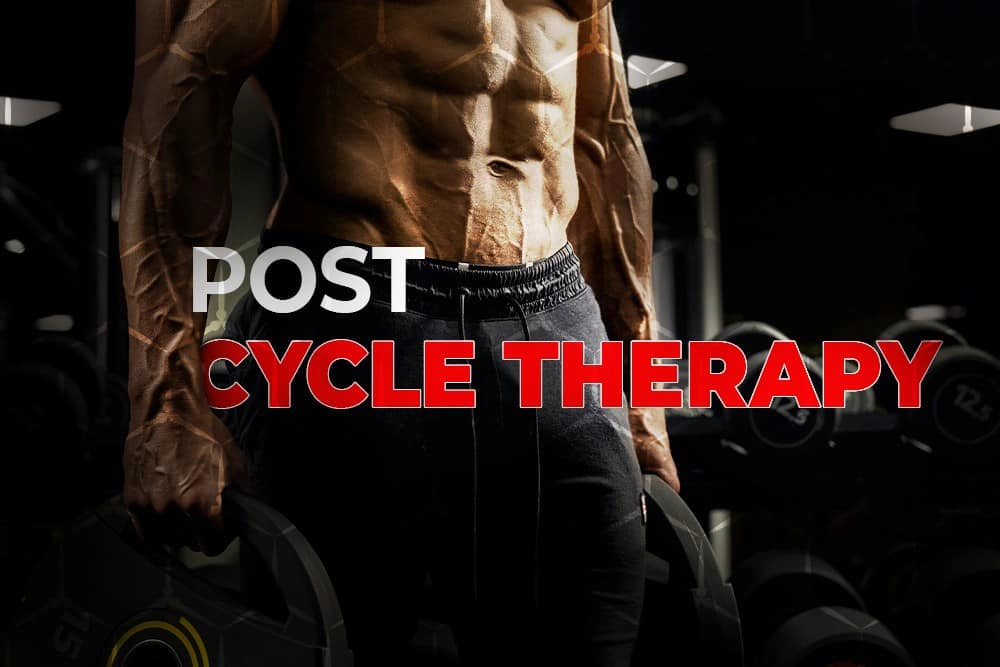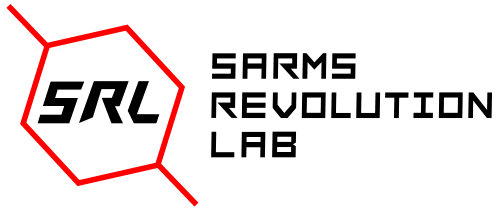The quality of the water we drink plays a critical role in maintaining our overall health. Thus, a reliable home water filtration system is no longer a luxury, but a necessity. Let’s delve into the importance of such a system and its role in ensuring our well-being. Understanding Water Quality and Its Implications Water is a crucial aspect of our lives. It’s an essential component of our diet and plays a pivotal role in our overall health. However, the quality of water we consume is...
SARMs and post-cycle therapy: Best practices

What are SARMs? SARMs are selective androgen receptor modules – a class of therapeutic compound that many athletes use to improve their physical health and athletic performance. SARMs are considered a safer alternative to anabolic steroids, and they have a similar effect on the body. To use them safely however, experts recommend incorporating post-cycle therapy (PCT) into all SARM regimens. What is Post-Cycle Therapy? PCT is a formal way of allowing your body to recover from SARMs use. As...
Healthy eating is a must

Selective Androgen Receptor Modulators (SARMS) are a group of androgen receptor modulators that have a pro-performance and anabolic action. These marvels of modern science often combine very well with dietary supplements, which are used to help recovery, fill our deficiencies, help athletic performance and some are excellent for their therapeutic benefits. However, no one can enjoy the full effects of these without having good vital hygiene in general. No impressive skyscraper is successfully...
